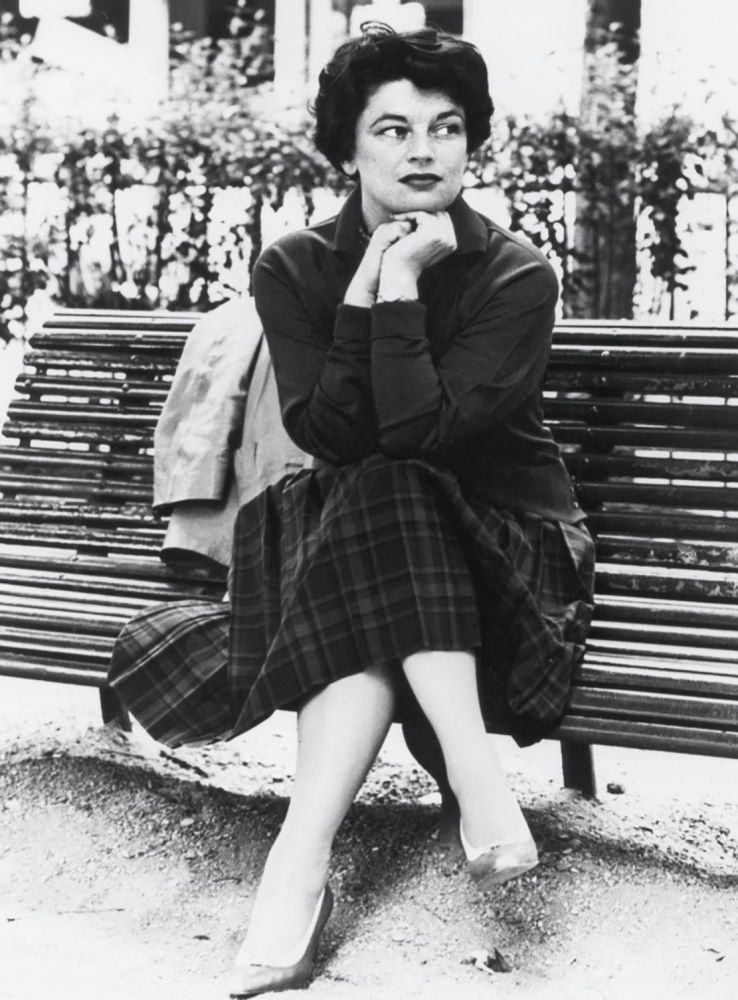Paris Stories by Mavis Gallant

When the great story writer Mavis Gallant died, I thought of a story from her 2002 collection, Paris Stories, “Mlle. Dias de Corta.” Mademoiselle is the boarder of a financially strapped Parisian widow, a distant yet fascinating immigrant actress who withholds secrets but whose actions have a kind of addictive quality that first provokes bias on the part of her narrow-minded landlady—until she becomes an object of intense attachment. That, in a way, is how I feel about Gallant as a writer. Her prose has an authority that is enigmatic and addictive, that keeps you glued to the intricate sentences. This is from Gallant’s “Mlle. Dias de Corta”:
You called from a telephone on a busy street. I could hear the coins jangling and traffic going by. Your voice was low-pitched and agreeable and, except for one or two vowel sounds, would have passed for educated French. I suppose no amount of coaching at a school in or near Marseilles could get the better of the southern O, long where it should be short and clipped when it ought to be broad. But, then, the language was already in decline, owing to lax teaching standards and uncontrolled immigration.
Throughout the story, there is this agile mix of distance and attraction, judgement and uncertainty. By the end, we understand Madame’s attachment to Mademoiselle is greater than her need for a boarder to defray costs, and events have led her to feel, despite the class, ethnic and social differences, that their similarities are greater than their differences.
Pure situation, however intriguing, will only lure a reader, but it won’t keep her there. Voice, crisp sentences, and the elliptical way Gallant manages connections, linking details in time—these are, as much as action and plot, what enable a reader to sink into a story. In their absence of linear movement, with detail that appears and returns again, these stories resemble the ebb and flow of life.
Mavis Leslie de Trafford Young was born in 1922 in Montreal, Canada. Famously peripatetic, she worked as a journalist, and was briefly married before leaving for Europe in 1950 to live on the cheap and write fiction, first in Spain and then Paris. Gallant published over one hundred stories in The New Yorker, and numerous collections of stories, as well as novels and a nonfiction collection, Paris Notebooks: Essays and Reviews.
Jhumpa Lahiri called Gallant’s characters “not simply three-dimensional but 30-dimensional,” and of her stories Claire Messud said, “like Munro, she frequently writes stories that expand like accordions, containing within them entire lives, a novel’s worth of life.”

At the end of “Mlle. Dias de Corta,” and I’m not giving anything away, the Parisian landlady hangs on to the riches left behind by her young boarder—not material, but emotional—having seen in the life of another what is impossible to see in oneself. That character dimension is why I read Gallant’s stories, and we are lucky she has left so many.
Read an appreciation in Canada’s National Post.
—Lauren Alwan

